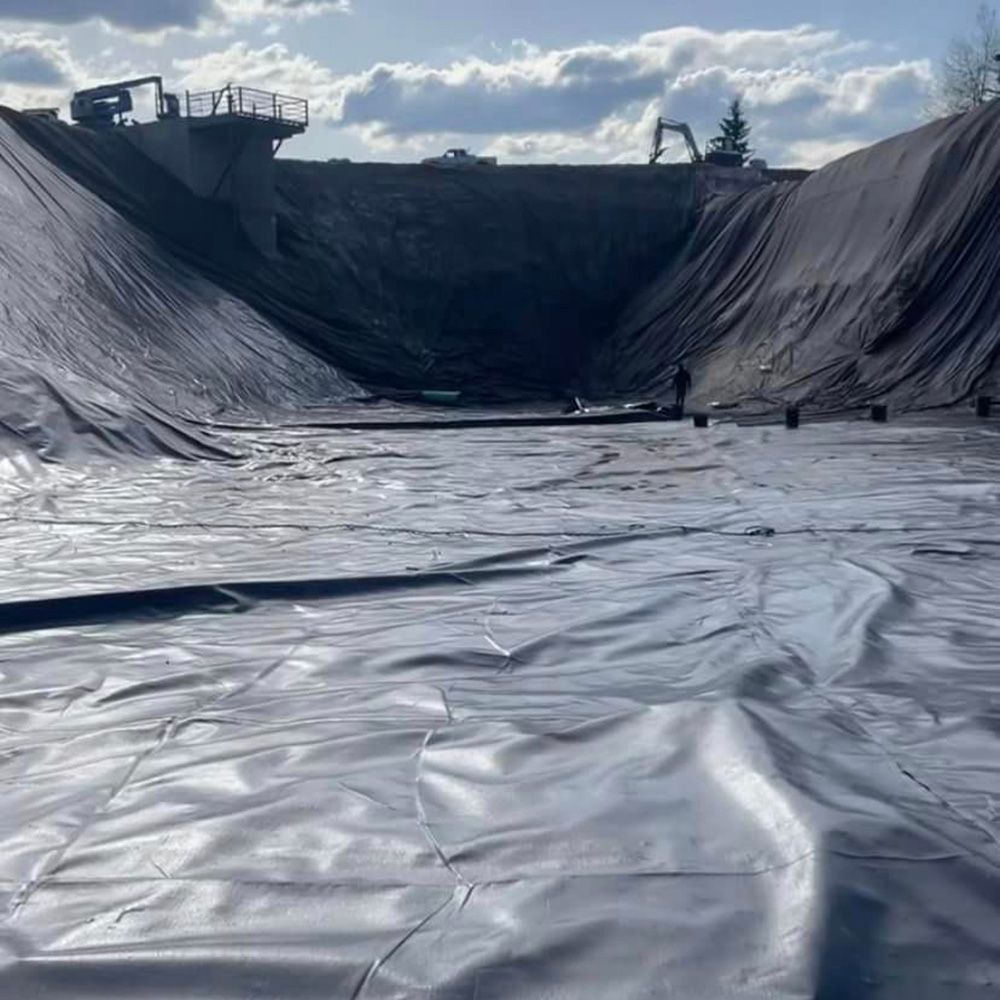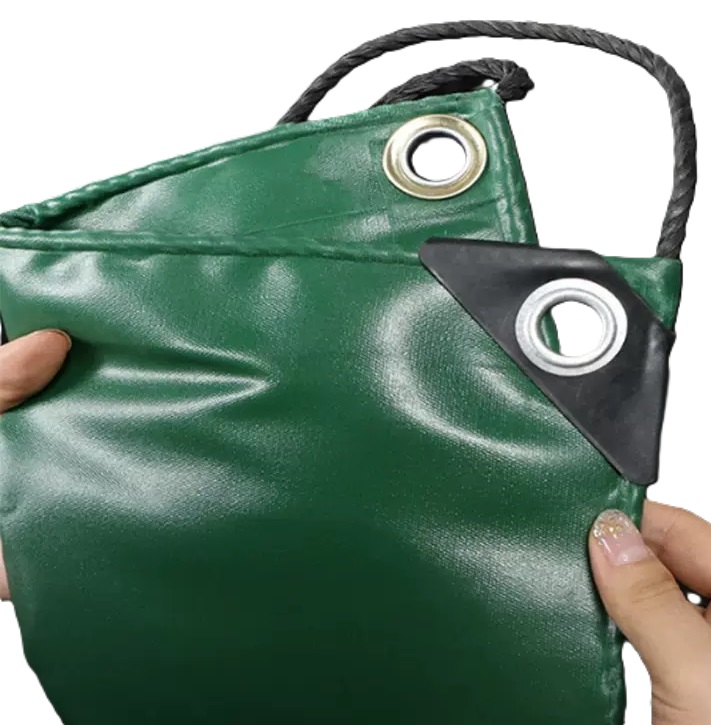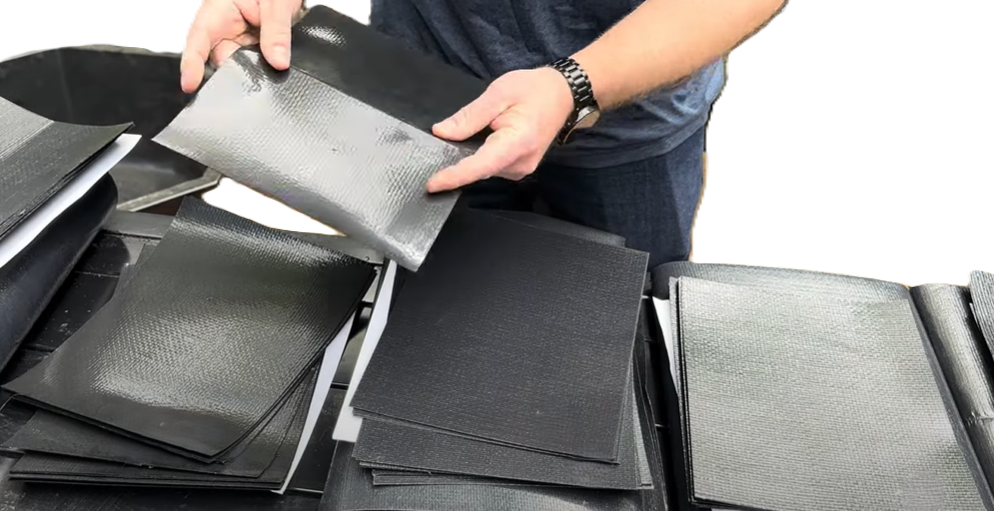When you are choosing between polyethylene (PE) and PVC (polyvinyl chloride) for reinforced liners, the right choice depends on your project’s specific needs. I listed some comparison in order to sell my products best:
Polyethylene vs. PVC: Reinforced Liners Comparison
| Factor | Polyethylene (HDPE/LLDPE/RPE) | PVC (Reinforced PVC) |
|---|---|---|
| Durability | Very high, especially HDPE and RPE | Good, but less resistant to punctures and tearing |
| Flexibility | LLDPE and RPE are flexible; HDPE is more rigid | Extremely flexible, ideal for complex shapes |
| Chemical Resistance | Excellent (especially HDPE) | Good, but less resistant to aggressive solvents |
| UV Resistance | High, especially RPE and HDPE | Moderate — often needs UV stabilizers |
| Temperature Range | Withstands wide temp swings (esp. HDPE) | Not ideal for very cold conditions (can get brittle) |
| Installation | More difficult to seam in the field (HDPE); RPE is easier | Very easy to weld and patch |
| Weight | RPE is lightweight; HDPE is heavier | Typically lightweight |
| Longevity | 20–40 years (HDPE); 15–25 years (RPE, LLDPE) | 10–20 years depending on UV and exposure |
| Cost | Generally higher upfront (HDPE), moderate for RPE | Lower initial cost |
| Environmental Impact | Recyclable; no plasticizers | Contains plasticizers that may leach over time |
| Certifications | NSF, GRI-GM13 (HDPE); safe for potable water | May need special formulation for drinking water use |
We can provide the samples of HDPE, RPE and PVC, if you need, send them to you for free.
When to Choose Polyethylene Liners (HDPE, LLDPE, RPE):
- High chemical exposure (landfills, mining, wastewater)
- Outdoor or long-term applications with UV exposure
- Projects needing high tear and puncture resistance
- Potable water or food-safe environments
They are best for: Landfills, containment ponds, canals, mining, water reservoirs
When to Choose Reinforced PVC Liners:
- Short to medium-term use
- Applications needing extreme flexibility (tight corners, irregular shapes)
- Easier field installation and repairs
- Lower upfront cost is a priority
It is best for: Decorative ponds, temporary covers, agricultural tanks, secondary containment
Let us make a summary as below:
| Best Overall Durability | Polyethylene (HDPE or RPE) |
|---|---|
| Best Flexibility & Ease of Install | PVC |
| Best for Harsh Chemicals or UV | HDPE |
| Best for Budget & Simple Jobs | PVC |
| Best for Potable Water | HDPE, RPE (certified grades) |
Hope this article has answered your questions. Our company supplies HDPE, LLDPE, RPE and PVC mentioned above. Your Order is welcome!

Typical HDPE

Classical PVC

LLDPE Woven Fabric
2025.6.11
Leen
